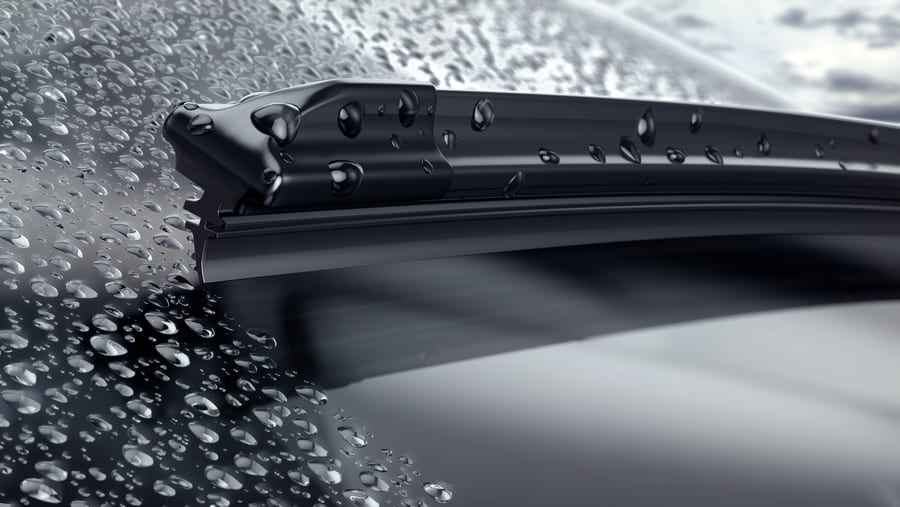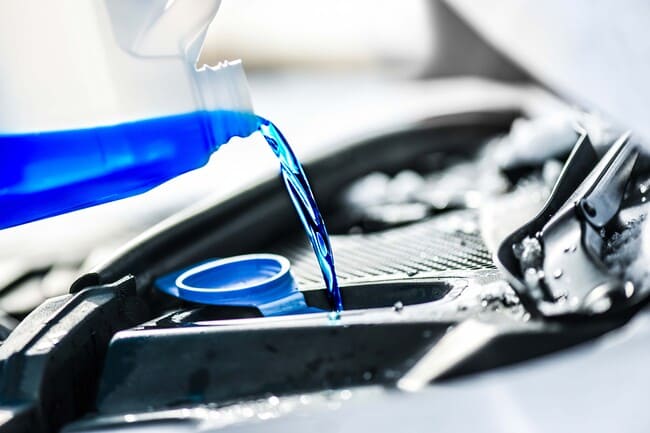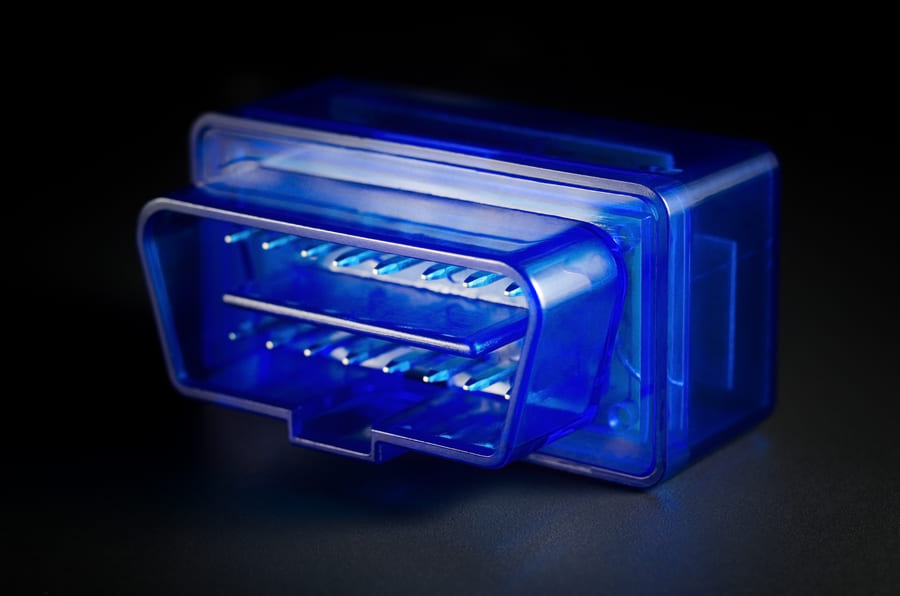
To make sure that the driver can see the road well regardless of the weather outside the vehicle, wipers are included into the design of modern vehicles. They are mainly intended for instant removal of dirt, snow, and water from the surface of the windshield. Since safe driving directly depends on the cleanliness of the windows of the vehicle, driving with faulty wipers is prohibited by law in most countries. We will explain how to avoid premature failure of the components, and to restore the system working order.
How wipers work

Wipers are executive components of the window cleaning system. They are made as moving arms with rubber elements on ends that tightly fit the windshield and follow its surface shape. The opposite ends of the arms are connected by a hinge to a linkage that ensures synchronous movement of the wipers. The system is driven by a motor gear that is powered via a relay. The system’s operating mode depends on the position of the handle switch located in the passenger compartment.
When a particular operating mode is chosen, contacts in the relay close the required circuit, and the mechanism starts operating at a certain speed. The windshield washer may be operated at the same time.
The most common malfunctions of wipers and their reasons
To determine the reason of a component failure, carefully study the nature of the failure.
Most car owners are familiar with situations like the following:Removing these faults will require replacement of faulty components. In most cases this will require help of professionals, since the components are located in a hardly accessible place. The exception is wiper blades. They are consumable elements to be replaced during routine maintenance, and every car owner can do it.
How can wiper blades be replaced by yourself?

It is recommended to replace the components once a year. The procedure may slightly vary for various models, and partly depends on the type of component fastening.
The replacement procedure is not difficult. Usually, the following is sufficient:- Lift the wiper arm from the surface of the windshield.
- Turn the wiper to see the clip or the fastener.
- Undo the fastener, and remove the faulty component.
- Install a new one.
During replacement, make sure that the wiper arm does not squeeze out of your hands, as by hitting the windshield the arm may damage it.
How to avoid premature replacement of wiper blades?

Sometimes, it becomes necessary to replace the components before the deadline indicated by the manufacturer.
To avoid this, stick to the following recommendations:- Make sure that there is enough washing fluid in the windshield washer tank: dry dirt has significant abrasive action on the wiper blades.
- From time to time, wash wiper blades with water or car shampoo without polish or wax: the sand accumulated in the grooves of the components not only may damage them, but may also leave cracks and scratches on the windshield.
- Before activating wipers in the winter, clean snow and ice from the windshield, and make sure that the wiper blades are not frozen to it. Otherwise, rubber will wear out faster, and there is a risk to damage not only the wiper arms, but the linkage and the motor gear, too. If you operate your vehicle in an area with cold and snowy winter, try to use special winter wiper blades in the winter. They are fitted with a protective cover, which prevents icing of the components.
- Adjust wiper arms so that the wiper blades do not get outside the windshield when moving, otherwise you may damage both the components themselves and the electric motor.
- Buy only high-quality washer fluid. It does not destroy rubber elements.
- Do not leave wiper arms in vertical position for long: this way, you may damage the spring and the arm, therefore the tightness of wiper blades fit to the surface of the windshield will be deteriorated.
Conclusion. Wiper blades are important elements of the vehicle passive safety system. If they are worn out, driving the vehicle, especially in rain or snow, becomes dangerous. Therefore, every car owner should monitor their condition, and replace components in due time. Our recommendations will not only help you increase the service life of the components, but also replace them by yourself if necessary.








Comment